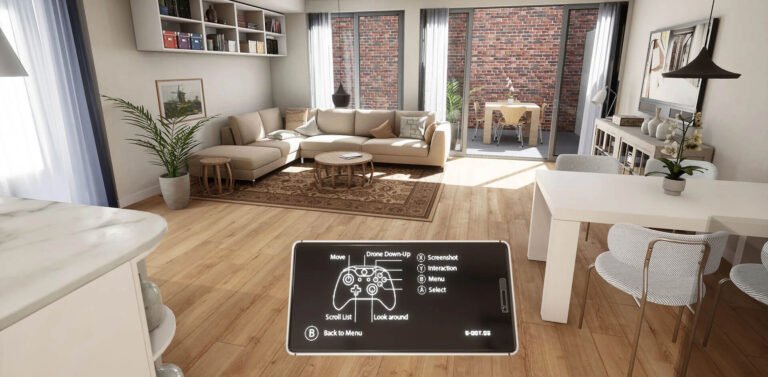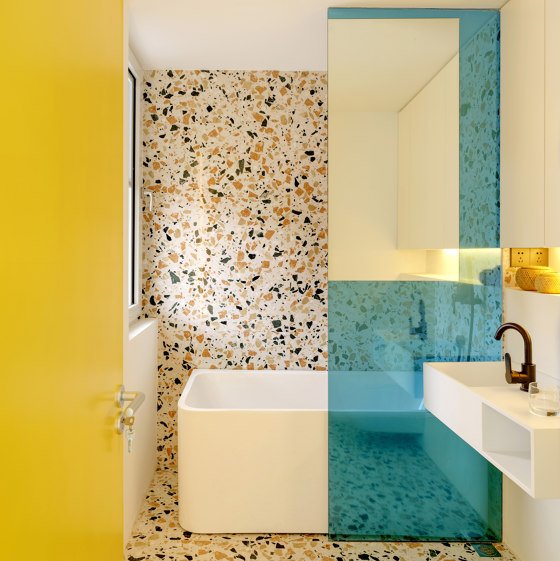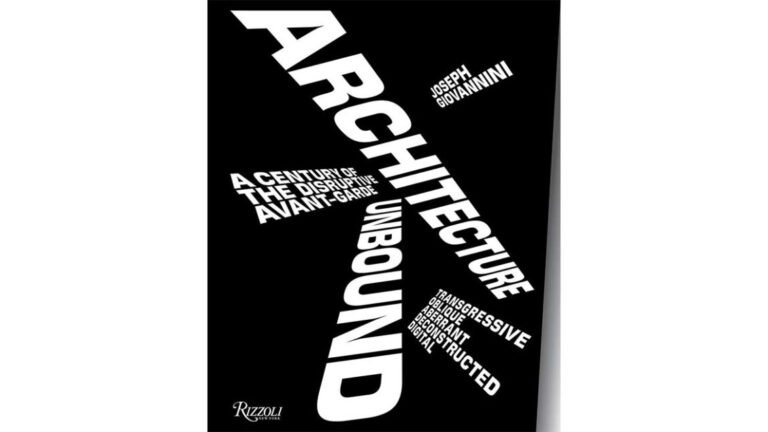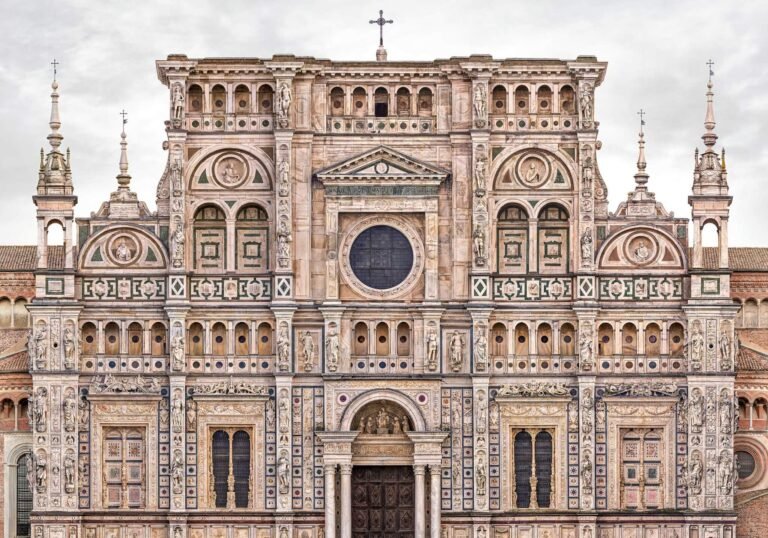Industrial Manufacturing unit // ENZO EUSEBI+PARTNERS
Text description provided by the architects.
“Designed by Enzo Eusebi, this cured-ham factory in Preci near Perugia tackles the implicit contradiction of an industrial complex built in a beautiful natural setting with the pragmatism of the engineer and the experimental flair of the architect.
The resultant program of manmade environments that blend with the landscape, ensuring the sustainability of both, places a considerable portion of the complex underground, making it appear a continuation of the nearby hills.
A three-sided underground volume creates a semi-enclosed court on which stand above-grade buildings on pilotis.
Largely hidden from view, the production area is placed underground while the buildings on pilotis house offices.
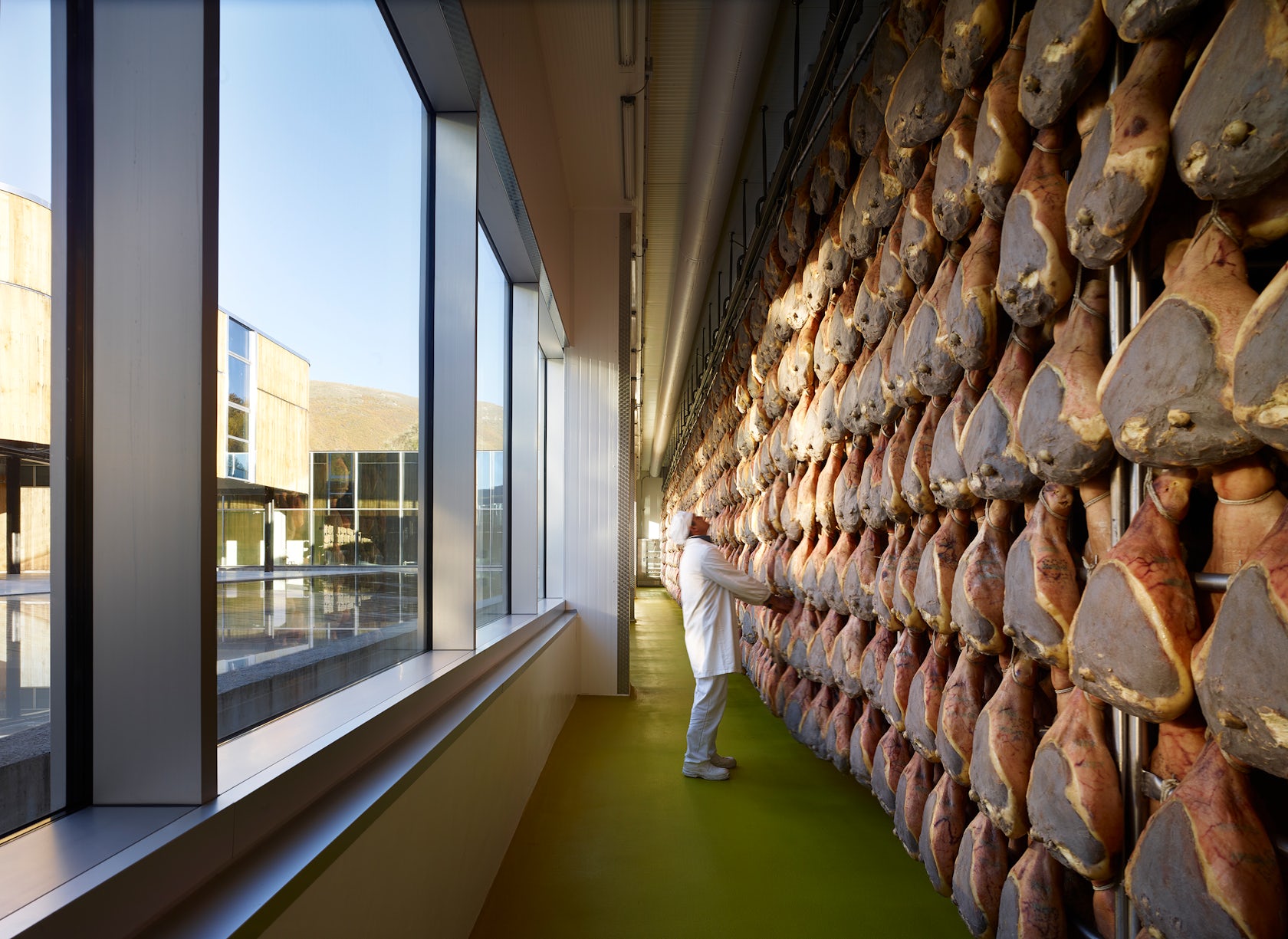
© ENZO EUSEBI+PARTNERS

© ENZO EUSEBI+PARTNERS
Throughout, the focus is on quality working spaces with views onto the outside, especially for those in the production section performing repetitive alienating jobs. These areas look out onto the inner court and its reflective pool. The green roof helps maintain an occupant-friendly microclimate, reducing fine dusts and running costs.
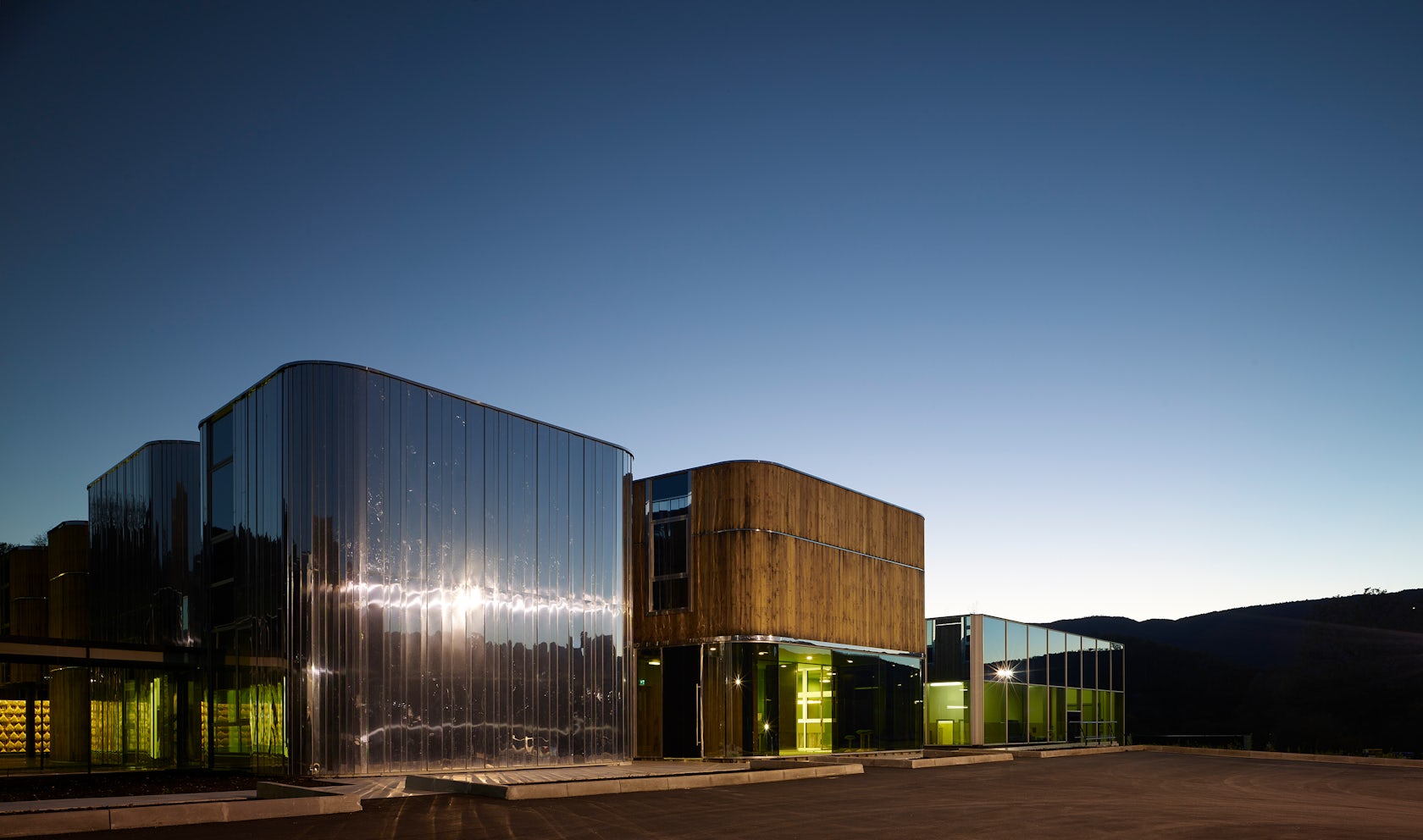
© ENZO EUSEBI+PARTNERS
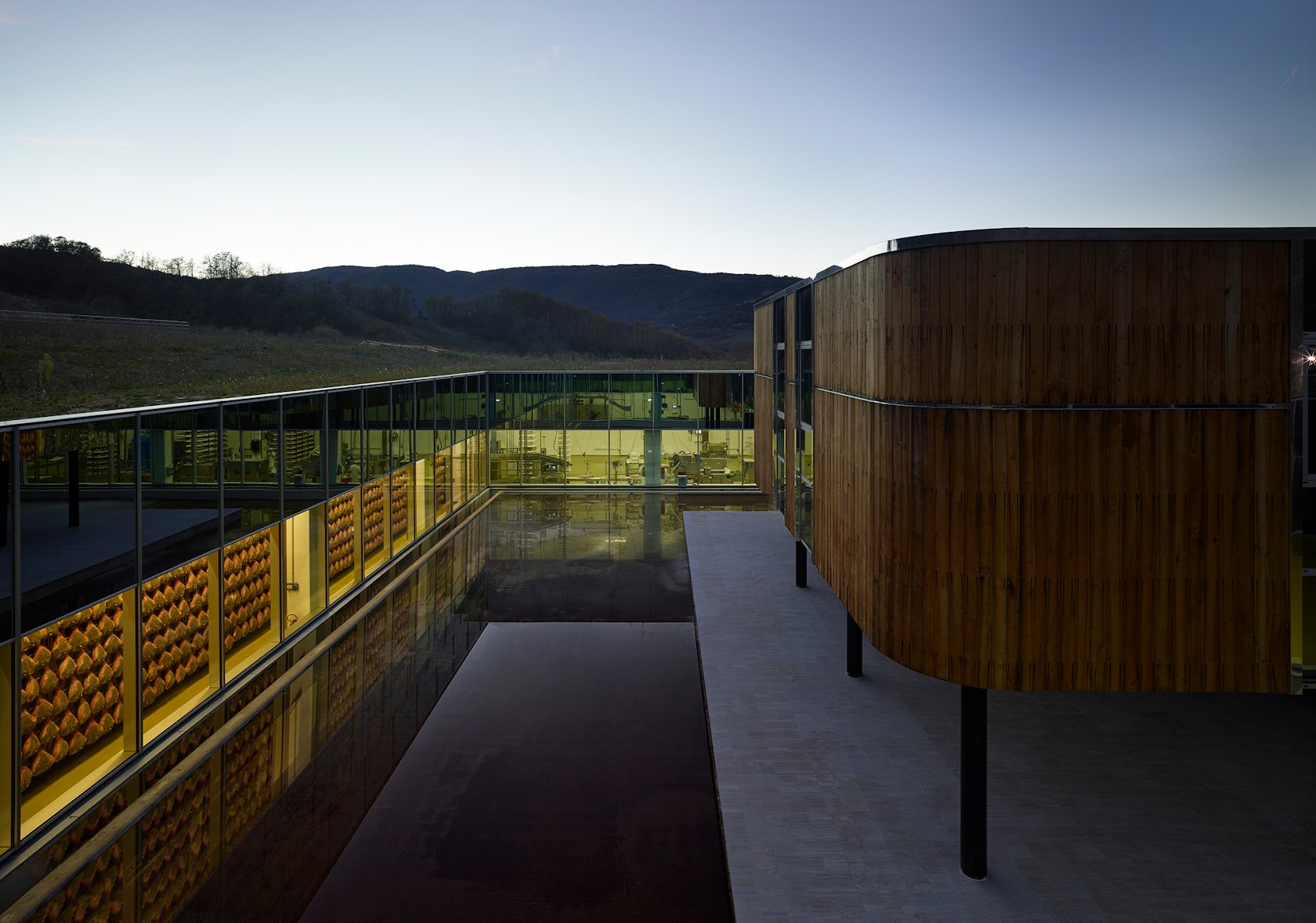
© ENZO EUSEBI+PARTNERS
In compliance with LEED standards.
Execution of the structural frame, infills and subsequent cladding required sartorial attention to detail to meet the architect’s design. In fact, the partly underground frame, the above grade buildings in steel and the drywall elements ensure excellent stability of the whole program, as it was borne out by its resistance to the 2016 earthquake that shook Italy’s Umbria region.
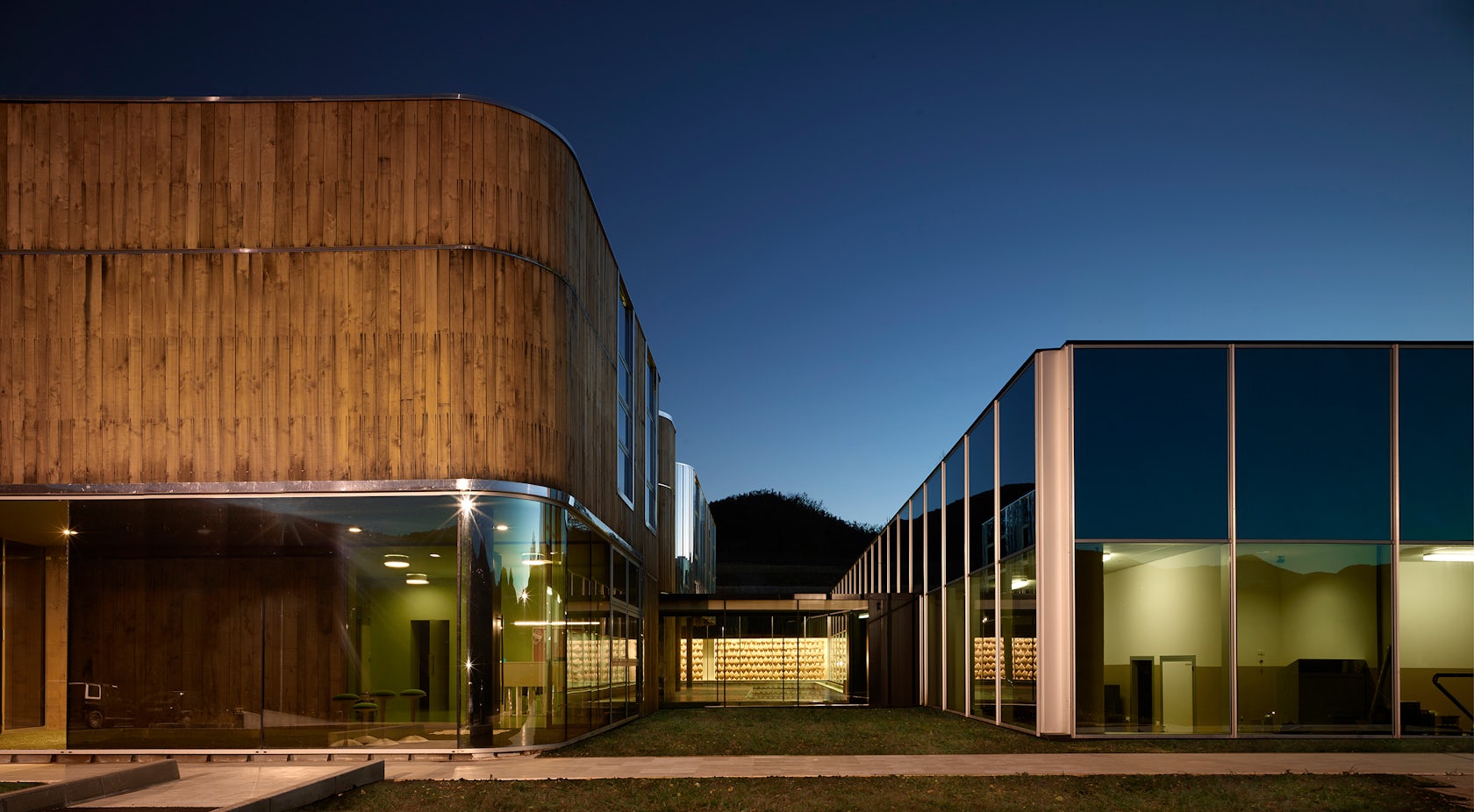
© ENZO EUSEBI+PARTNERS

© ENZO EUSEBI+PARTNERS
The factory was subsequently visited by Italy’s President.
The cured-ham factory was featured at the 2012 Venice Architecture Biennale as a project, and again selected for the 2018 Biennale as a completed work. The factory was published on main international architecture portals (from Archdaily to Dezeen) and high-profile international architecture magazines.

© ENZO EUSEBI+PARTNERS
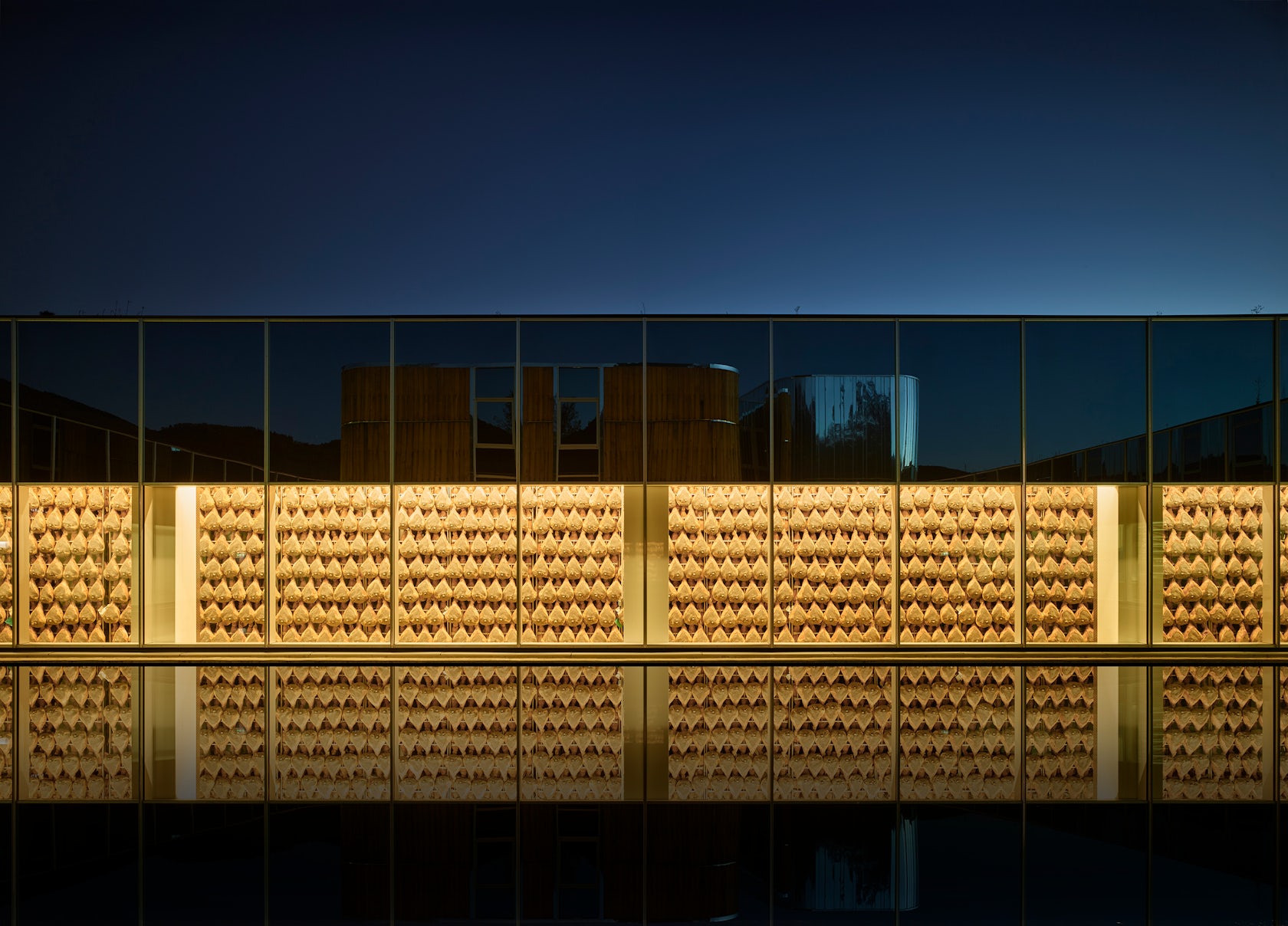
© ENZO EUSEBI+PARTNERS
The Directorate General for Contemporary Art and Architecture and Urban Suburbs of the Ministry for Cultural Heritage and Activities has included the work on the late twentieth century national catalog.”.

© ENZO EUSEBI+PARTNERS

© ENZO EUSEBI+PARTNERS
Industrial Factory Gallery



